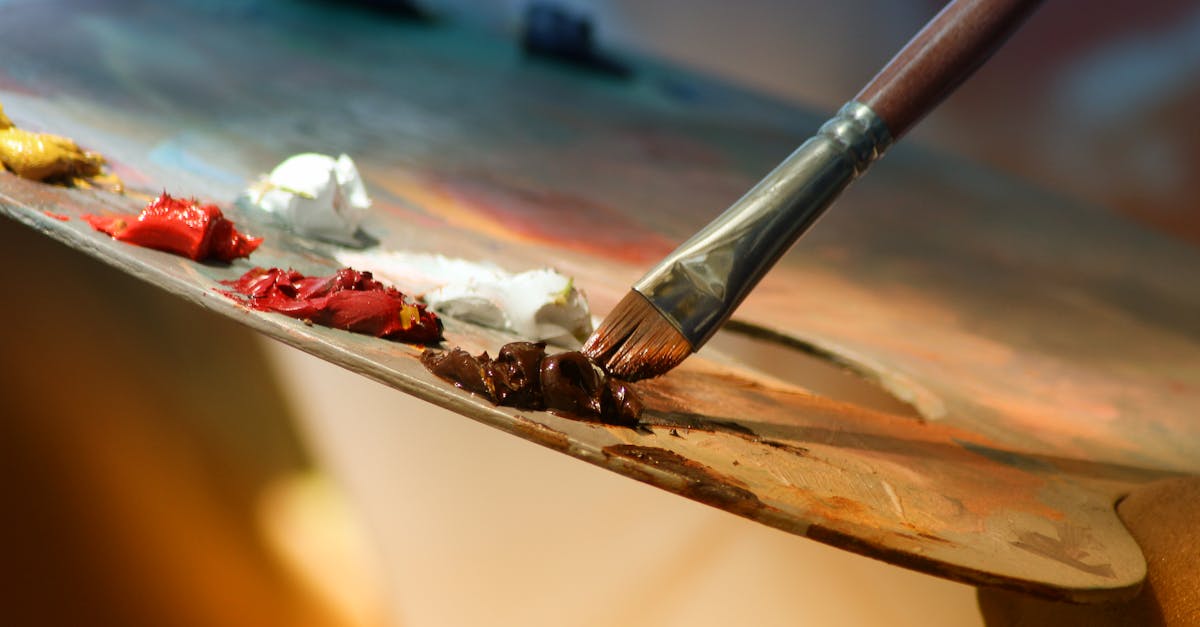Watercolor painting is a therapeutic and expressive art form that allows for creative exploration and self-care. The use of watercolors can be a fulfilling practice, offering both relaxation and a platform for artistic expression. In this article, we will delve into four fundamental watercolor techniques that can help you enhance your skills and promote self-care through painting.
1. Wet-on-Wet Technique:
The wet-on-wet technique is a classic watercolor method where wet paint is applied to a wet paper surface. This technique allows colors to blend and bleed softly into one another, creating a delicate and ethereal effect. To practice this technique, wet your paper with clean water using a brush and then apply your watercolor paint while the paper is still wet. Experiment with different color combinations and observe how they interact on the paper.
2. Dry Brush Technique:
Contrary to the wet-on-wet technique, the dry brush technique involves applying paint to a dry paper surface. By using minimal water on your brush and applying paint with a dry brush, you can achieve textured and more controlled brushstrokes. This technique is ideal for adding details and creating depth in your watercolor paintings. Embrace the versatility of the dry brush technique by varying the pressure and angle of your brush strokes.
3. Glazing Technique:
The glazing technique in watercolor painting involves layering transparent washes of color to create depth and richness in your artwork. To practice this technique, allow each layer of paint to dry completely before adding another layer on top. By building up layers of transparent color, you can achieve vibrant hues and subtle nuances in your watercolor paintings. Experiment with different color combinations and layering techniques to create depth and luminosity in your artwork.
4. Masking Fluid Technique:
Masking fluid is a handy tool for preserving areas of white paper or creating crisp edges in your watercolor paintings. To use masking fluid, apply it to the areas of your paper that you want to protect before painting. Once the masking fluid has dried, paint over it with watercolors as usual. After the paint has dried, gently rub off the masking fluid to reveal the untouched areas of white paper beneath. This technique is especially useful for creating highlights, intricate details, and dynamic contrasts in your watercolor paintings.
Incorporating these fundamental watercolor techniques into your painting practice can not only enhance your artistic skills but also provide a therapeutic outlet for self-care and creativity. Whether you are a beginner or an experienced artist, the beauty of watercolor painting lies in its versatility and ability to evoke emotions through color and technique. Take time for yourself, indulge in the meditative process of painting with watercolors, and nurture your creativity through the transformative power of art.


